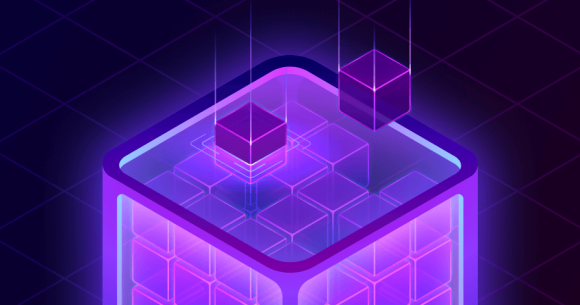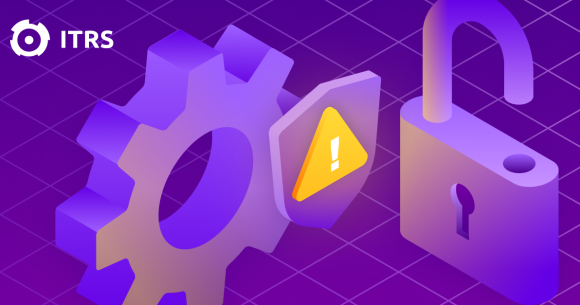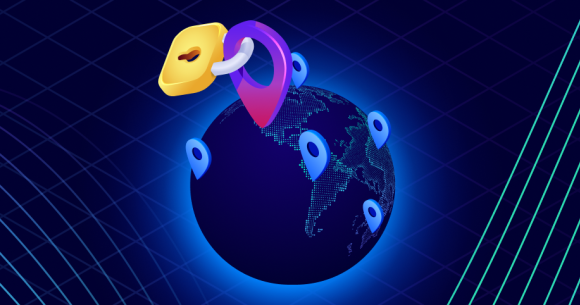Explaining ITRS Geneos to a newbie
What does Geneos do?
As a new starter at ITRS I have spent the last couple of weeks submerged in the world of Infrastructure and Applications Monitoring Systems for Finance. There has been a lot to take in, what with all the other bits and pieces that come with a new job (admin, training, networking); and as I write my first blog for the company I thought I’d share the best explanation I’ve seen for what it is ITRS Geneos does.
First things first, ITRS create dashboards which allow IT and business staff to monitor the technology their business runs on in real-time. Below I’ve broken down those things into four different categories:
Infrastructure Monitoring
It would be simplistic to say that ITRS Geneos is an infrastructure monitoring tool. A wealth of solutions exist which can monitor and create dashboards for your infrastructure, and indeed many businesses successfully build their own. However, infrastructure is the right foundation when you’re looking at how your IT systems impact business activity; so Infrastructure Monitoring is the first level of Geneos function.
Applications Monitoring
Once you understand that all your servers are up and that your IT Estate is fully functional at its most basic level, you can begin to look at applications. ITRS allow users to monitor the functionality of the applications on that infrastructure: is Bloomberg® delivering data into your system? Are your traders able to reliably view Caplin?
Transaction Flow Monitoring
For a typical ITRS customer, like an Investment Bank or a Financial Exchange, there is a constant flow of data both in and out of the company. Firms receive market data from Bloomberg and similar, and send data out into the world as they perform trades etc. As the name suggests, Transaction Flow Monitoring deals with the monitoring of the flow of that data.
Now that you understand which of your infrastructure and applications are working to what level, you can begin to look at the flow of data within the infrastructure as a whole. From the point that data enters your system, to the point it reaches your clients you can have complete visibility on end-to-end latency on data feeds and the specific areas where issues may be occurring within that flow. From there you can drill down to the specific server or application and act accordingly.
Business Activity
Within your business there is underpinning infrastructure for each key business function. Any imperfection within any of the infrastructures which support those functions could lead to big and expensive problems if it were to go unchecked.
For example, within an Exchange the key business areas could be: Market Data, Broker Services and CCGs. For the key stakeholders in the Exchange a visibility into the status of these areas is invaluable, providing peace of mind that their customers can trade without any issue.
Geneos provides a “single pane of glass” view of all the underpinning Infrastructure, applications and transactions supporting your business. Allowing for proactive resolutions to any issues in any area before they can have an impact.
And finally...
If you’re reading this as a Geneos customer and you’d like to get more from your system, then please do get in touch with info@itrsgroup.com – if you’re someone new to the world of infrastructure and applications monitoring, then hopefully it has been a useful read!




